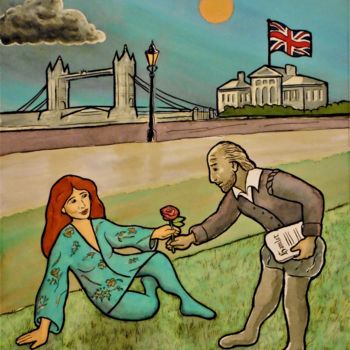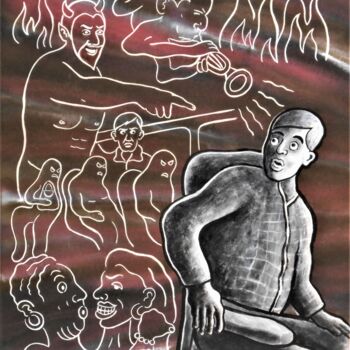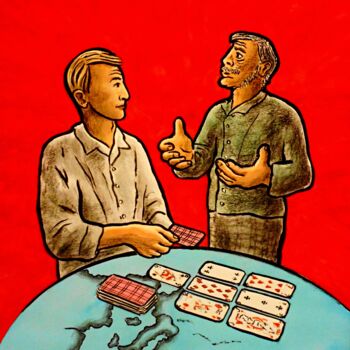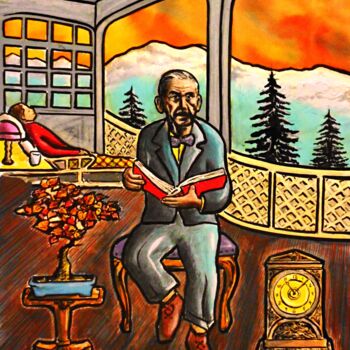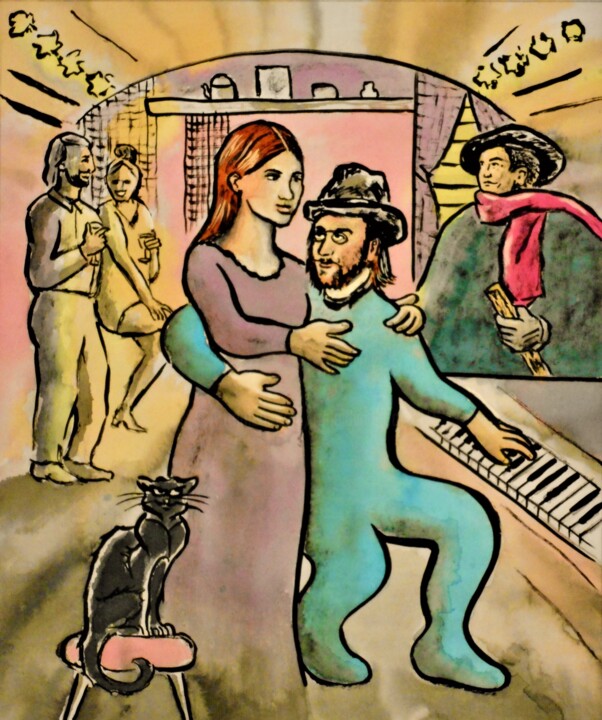

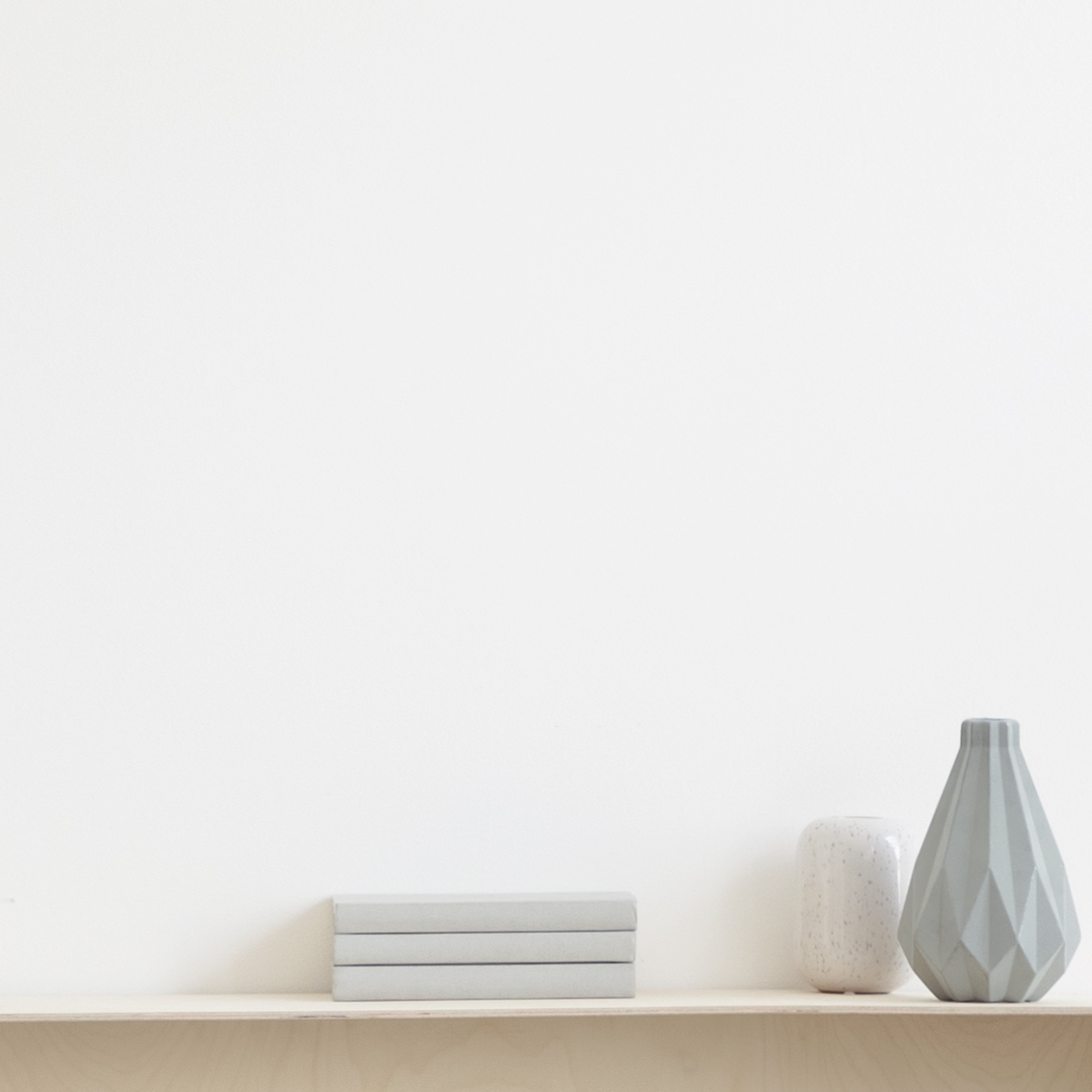
Faites-nous savoir si vous souhaitez voir plus de photos de cette œuvre !
- Arrière de l'oeuvre / Côté de l'oeuvre
- Détails / Signature / Surface ou texture de l'œuvre
- Oeuvre en situation, Autre...
Erik Satie – Part 1 – Je Te Veux (2023) Peinture par Noël Van Hoof
Vendu par Noël Van Hoof
Cette impression est disponible en plusieurs tailles.
Vendu par Noël Van Hoof
Cette image est disponible pour téléchargement avec une licence
Vendu par Noël Van Hoof
-
Œuvre d'art originale (One Of A Kind)
Peinture,
Aquarelle
sur Carton
-
Dimensions
19,7x15,8 in
Dimensions de l'oeuvre seule, sans encadrement: Hauteur 14,2in, Largeur 11,8in - État de l'œuvre L'oeuvre est en parfait état
- Encadrement Cette œuvre est encadrée (Cadre + sous verre)
- Catégories Peintures à moins de 1 000 $US Illustration Musique
“Je te veux” was written for Paulette Darty , whose accompanist Satie had been for a period of time. The text consists of two verses and a repeated chorus. Darty first performed the song in 1903 at La Scala , then a popular cabaret in Paris. The song was registered with SACEM on 20 November 1902, but Alexis Roland-Manuel argued it had actually been composed in 1897. Satie composed various versions of the "Je te veux" waltz: for piano and voice, for an orchestra of brass instruments, and for full orchestra (including a trio). The piano and voice version was first published in 1903. The composer later arranged the work for solo piano, adding a middle section between the second chorus and the second verse.
...........................................................................................
Refrain:
J'ai compris ta détresse,
Cher amoureux,
Et je cède à tes vœux,
Fais de moi ta maîtresse.
Loin de nous la sagesse,
Plus de tristesse,
J'aspire à l'instant précieux
Où nous serons heureux;
Je te veux.
1. Je n'ai pas de regrets
Et je n'ai qu'une envie:
Près de toi là, tout près,
Vivre toute ma vie,
Que mon cœur soit le tien
Et ta lèvre soit mienne,
Que ton corps soit le mien,
Et que toute ma chair soit tienne.
Refrain
2. Oui je vois dans tes yeux
La divine promesse.
Que ton cœur amoureux
Vient chercher ma caresse.
Enlacés pour toujours,
Brûlés des mêmes flammes,
Dans des rêves d'amours
Nous échangerons nos deux âmes.
Thèmes connexes
Almost all my paintings are inspired by books or music, they are a tribute to a certain author, composer or artist and his/her work. Of course I would be happy if a painting encourages someone to read the book or listen to the music.
All works are ready to hang. The ecoline paintings are framed with a frame of your choice: light oak or black aluminum. The paintings have a passe-partout and a plate of glass on the front. Oil paintings have a wire on the back so they can be hung.
-
Nationalité:
PAYS-BAS

- Date de naissance : 1963
- Domaines artistiques:
- Groupes: Artistes Contemporains Hollandais




